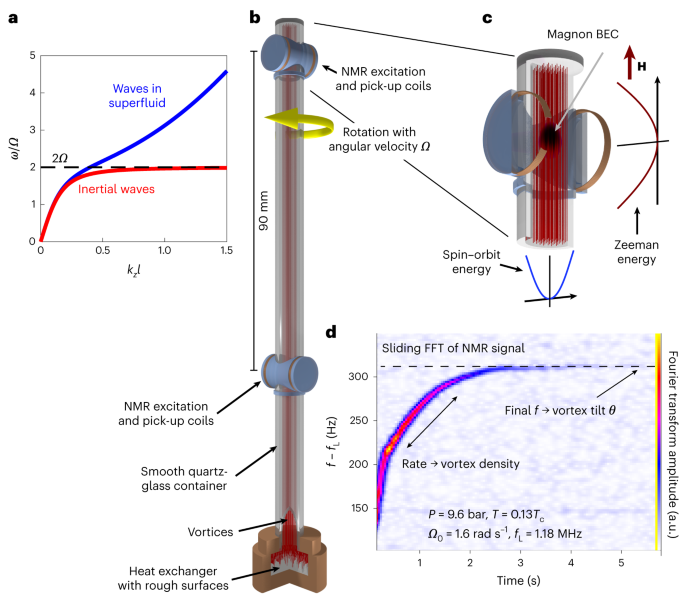2023-03-15 アリゾナ大学
氷河が後退すれば、アラスカの国立公園の土地の喪失につながり、今世紀でアラスカの氷河からの最大の氷の損失となるとされる。また、気温上昇に伴い氷河の前面の土地が浸食され、氷崩壊が拡大することで、氷河の後退をさらに加速するとのこと。
<関連情報>
- https://news.arizona.edu/story/3d-radar-scan-provides-clues-about-threats-iconic-alaskan-glacier
- https://agupubs.onlinelibrary.wiley.com/doi/10.1029/2022JF006898
世界最大のピードモント氷河であるアラスカ州マラスピナ氷河(Sít’ Tlein)の包括的レーダーマッピングが示す不安定性の可能性 Comprehensive Radar Mapping of Malaspina Glacier (Sít’ Tlein), Alaska—The World’s Largest Piedmont Glacier—Reveals Potential for Instability
B. S. Tober, J. W. Holt, M. S. Christoffersen, M. Truffer, C. F. Larsen, D. J. Brinkerhoff, S. A. Mooneyham
Journal of Geophysical Research: Earth Surface Published: 17 February 2023
DOI:https://doi.org/10.1029/2022JF006898

Abstract
Malaspina Glacier, located on the coast of southern Alaska, is the world’s largest piedmont glacier. A narrow ice-cored foreland zone undergoing rapid thermokarst erosion separates the glacier from the relatively warm waters of the Gulf of Alaska. Glacier-wide thinning rates for Malaspina are greater than 1 m/yr, and previous geophysical investigations indicated that bed elevation exceeds 300 m below sea level in some places. These observations together give rise to the question of glacial stability. To address this question, glacier evolution models are dependent upon detailed observations of Malaspina’s subglacial topography. Here, we map 2,000 line-km of the glacier’s bed using airborne radar sounding data collected by NASA’s Operation IceBridge. When compared to gridded radar measurements, we find that glaciological models overestimate Malaspina’s volume by more than 30%. While we report a mean bed elevation 100 m greater than previous models, we find that Malaspina inhabits a broad basin largely grounded below sea level. Several subglacial channels dissect the glacier’s bed: the most prominent of these channels extends at least 35 km up-glacier from the terminus toward the throat of Seward Glacier. Provided continued foreland erosion, an ice-ocean connection may promote rapid retreat along these overdeepened subglacial channels, with a global sea-level rise potential of 1.4 mm.
Key Points
- Two-thirds of Malaspina Glacier is grounded below sea level, and the piedmont’s ice volume contains a sea-level rise potential of 1.4 mm
- The glacier’s bed is cut by several subglacial channels where elevation reaches more than 350 m below sea level
- Bed topography is likely influenced by regional faulting, and drives surface topography, subglacial water drainage, and ice discharge
Plain Language Summary
At the corner of southern Alaska, Malaspina Glacier spills out onto a broad coastal plain from the St. Elias Mountains. A thin land barrier separates Malaspina Glacier from the relatively warm waters of the Gulf of Alaska. Clean ice is exposed beneath vegetation at the edges of numerous water bodies across this barrier. Historical satellite imagery show these water bodies expanding over time, with a lagoon system even forming directly in front of the glacier over the past few decades. Airborne radar sounding allows us to map the glacier’s bed in detail, demonstrating that the glacier sits largely below sea level and is cut by several channels at its bed that extend at least 35 km up-glacier. The continued loss of Malaspina’s coastal barrier may provide pathways for ocean waters to access large areas of the glacier’s bed along these channels. Assuming this leads to large-scale calving and the glacier’s retreat, Malaspina has the potential to contribute 560 km3 of ice, or 1.4 mm, to global sea-level rise.



